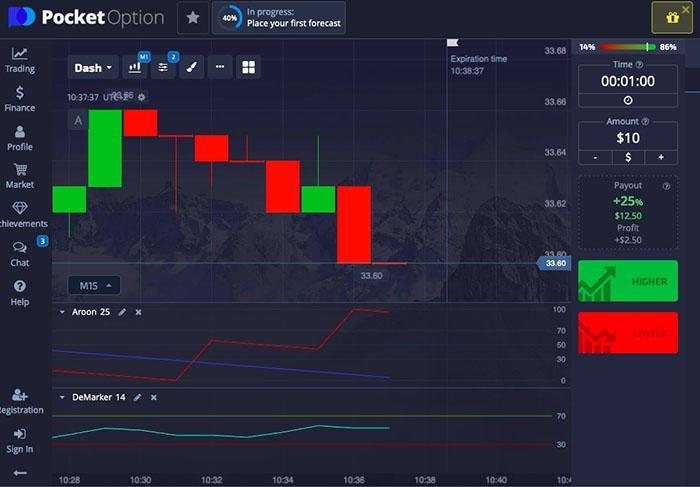When owning commercial properties, unforeseen risks can present significant challenges for property owners. Here’s a look at some of the common risks associated with commercial property ownership and delve into how property insurance helps mitigate these potential pitfalls.
Understanding Commercial Property Risks
Commercial property ownership comes with its fair share of uncertainties. From natural disasters and accidents to legal liabilities and economic downturns, a myriad of risks can disrupt the smooth operation of a business. Protecting their investments is crucial for property owners, and this is where insurance agencies play a pivotal role.
Comprehensive Risk Assessment
Before insuring a commercial property, insurance agencies conduct thorough risk assessments. These assessments evaluate the location, building structure, occupancy type, and potential hazards. Insurance agencies can tailor insurance policies to provide adequate coverage by identifying specific risks associated with the property.
Customised Insurance Policies
One of the primary ways insurance agencies mitigate unforeseen risks is by offering customised insurance policies. Standardised plans might not address the unique challenges of each commercial property. Tailored policies ensure that property owners get the coverage they truly need, minimising gaps in protection.
Protecting Against Natural Disasters
Natural disasters such as earthquakes, hurricanes, floods, and wildfires can wreak havoc on commercial properties. Insurance agencies collaborate with property owners to create plans to protect against these risks. This involves assessing the property’s vulnerability to natural disasters and determining the appropriate coverage limits.
Coverage for Legal Liabilities
In the realm of commercial property ownership, legal liabilities are a constant concern. Insurance agencies help property owners safeguard against lawsuits arising from accidents, injuries, or property damage on their premises. General liability insurance and umbrella policies are common solutions to mitigate potential financial losses from legal claims.
Business Interruption Insurance
Unforeseen events such as fires or natural disasters can lead to business interruptions, causing a halt in operations and revenue loss. Insurance agencies offer business interruption insurance, which helps cover ongoing expenses and income during such disruptions. This coverage ensures businesses can recover and resume operations swiftly after an unforeseen event.
Cyber Liability Coverage
In the digital age, commercial properties face increasing threats from cyber-attacks and data breaches. Insurance agencies recognize this emerging risk and offer cyber liability coverage to protect businesses from financial losses resulting from cyber incidents. This coverage includes expenses related to data recovery, legal fees, and customer notification.
Risk Management Strategies
Insurance agencies go beyond providing insurance policies; they also assist property owners in implementing risk management strategies. This involves educating owners about potential risks and advising on safety measures to reduce the likelihood of accidents or losses.
Staying Updated on Industry Trends
To effectively mitigate unforeseen risks, insurance agencies stay up-to-date with industry trends and regulatory changes. By being proactive, they can adjust insurance policies and risk management approaches to adapt to the evolving landscape of commercial property ownership.
Conclusion
Commercial property ownership entails various unforeseen risks, but property insurance is vital in mitigating these challenges. Insurance agencies provide property owners with the protection they need through comprehensive risk assessments, customised policies, and specialised coverage options. By fostering a proactive and collaborative approach, insurance agencies ensure that commercial properties are well-prepared to face future uncertainties.






